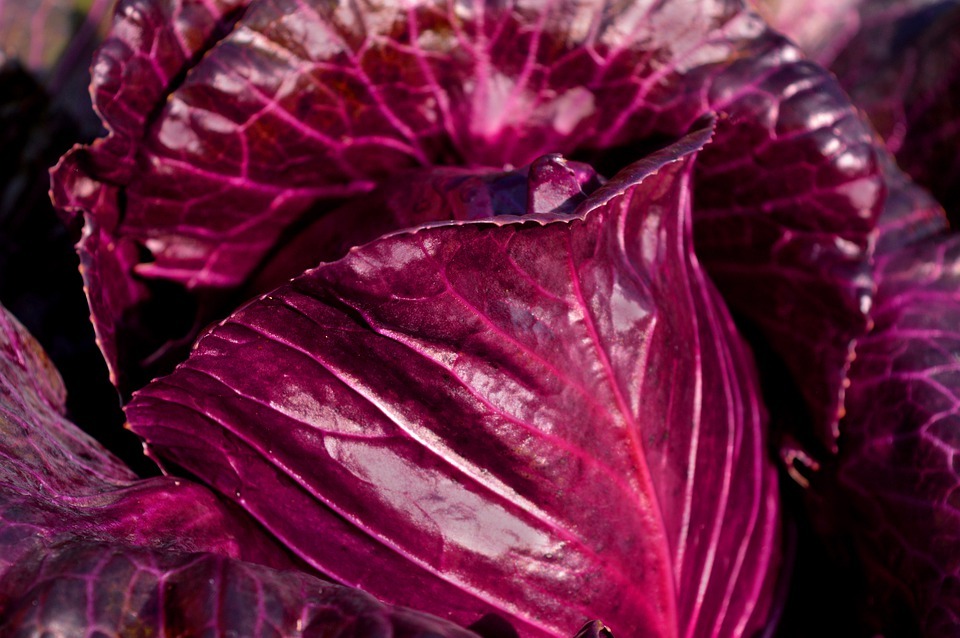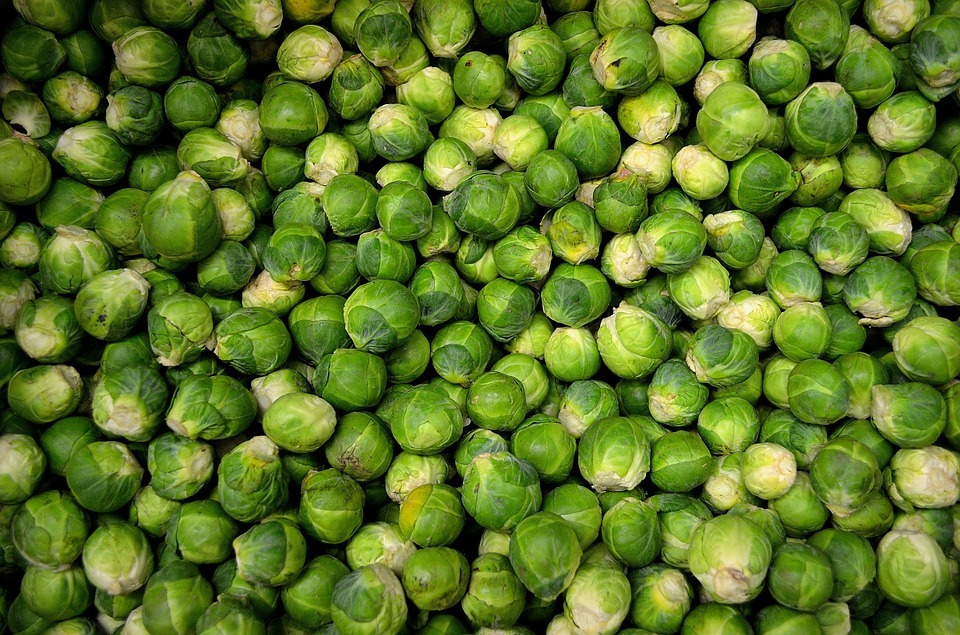From tiny Brussels sprouts to huge, globe-like white cabbages and geometric Romanesco, the cabbage is genuinely one of the most versatile vegetables in the world. Not only that, but they are also packed with vitamins and minerals that can help protect you from several illnesses and help you improve your body’s overall health. That’s why in this article, we are going to list down the different types of cabbages and their uses so that you will know what to look for next time you shop.
White Cabbage
Germany produces about 350,000 tons of white cabbage every year. However, this type of cabbage did not originate from Germany but from the Mediterranean region. Not only are the white cabbage expensive, but they are also big enough to feed and nourish an extended family. That’s why it is no surprise that this is one of the most popular cabbage types all over the world.
White cabbage is packed with lots of vitamin C and K, potassium, selenium, and magnesium. They are often used in making stuffed cabbage rolls because they can retain their size even under pressure.
Pointed Cabbage
The pointed cabbage belongs to the white cabbage family. Because it has delicate leaves, you can expect that they are not going to be as durable as the white cabbage, and they should be eaten within three days. The freshness of this cabbage is best kept when you store them in a damp kitchen towel and in the vegetable compartment of your refrigerator. Just like the white cabbage, the pointed cabbage is also packed with vitamin C while containing low fat and calories. This makes them one of the most digestible types of cabbage. You can use them in cooking, making a salad, and even dumplings.
Red Cabbage
For several countries, they consider the red cabbage as a festive cabbage, which means they only use it when there are parties or occasions. That’s why this type of cabbage lives in the shadows for the rest of the year. Its bright violet color turns into a bluish violet hue during cooking. If you are mixing it with acid-rich ingredients, it will have a reddish color. The red cabbage is rich in vitamin C. However, most people find it hard to digest; that’s why we suggest that you should cook them with some caraway seeds or maybe even ginger to help the digestive process.
Kale
All of a sudden, Kale became a hit, especially to those who are trying to have a healthy lifestyle. From kale smoothies to kale chips, we bet that you can find them more settled in the supermarket. Unlike the red and white cabbage, kale leaves don’t form head-like shape produce, but it grows on the stem. Kale contains high amounts of Vitamin C, K, and E. It is rich in important fiber, minerals, and antioxidants. Did we mention that it is also low in fat and calories, too?
Cauliflower
Most of us probably thought that the only part that can be eaten in the cauliflower is its florets. But did you know that its stem and leaves are also nutritious and flavorful? This type of cabbage contains Vitamin K and C, phosphorus, iron, sodium, and potassium. Cauliflowers also contain high mustard oils that help fight free radicals and bacteria. Just like any other cabbage, cauliflowers also contains a low amount of fat and calories.
Brussel Sprouts
Probably most kids disliked Brussels sprouts and wondered why adults like to eat these bitter, mushy, green balls. But these little cabbages can taste good if they are cooked with the right technique and ingredients. Most people advise that it is better to eat Brussel sprouts raw, but they are quite challenging to digest. We suggest that you cook them in melted butter or roast them in a frying pan or oven. You can balance its bitter taste by adding a little sugar or honey.
Kohlrabi
This type of cabbage has a bulb and leaves. Most people like to cook just the bulb itself, but if you clean them thoroughly, you can also consume its stems and leaves by frying, blanching, or using them in salads, soups, and stews. Consuming Kohlrabi more often can give you your recommended daily dose of vitamin C. Not only that, but it’s also packed with folic acid and vitamins K and A. It also contains mustard oils that are proven to have a positive effect on sensitive intestines and stomachs. The Kohlrabi’s stem and leaves also contain as many vitamins and nutrients, just like its bulb. You should keep that in mind and make sure to use them too.
Look here if you need to find the right equipment for juicing celery, cabbage and other items.




